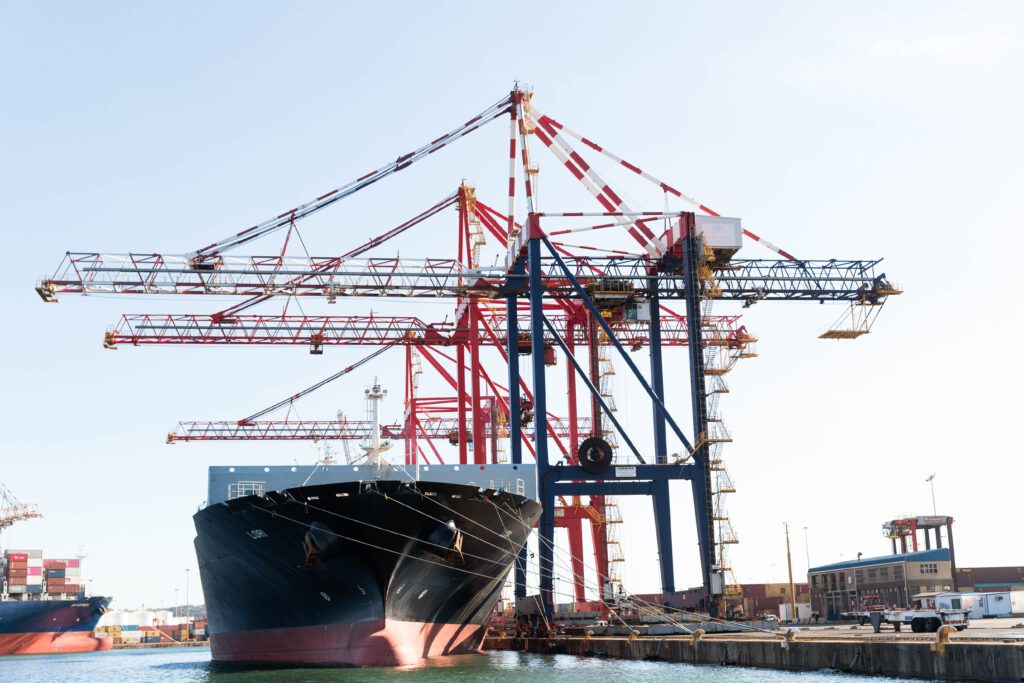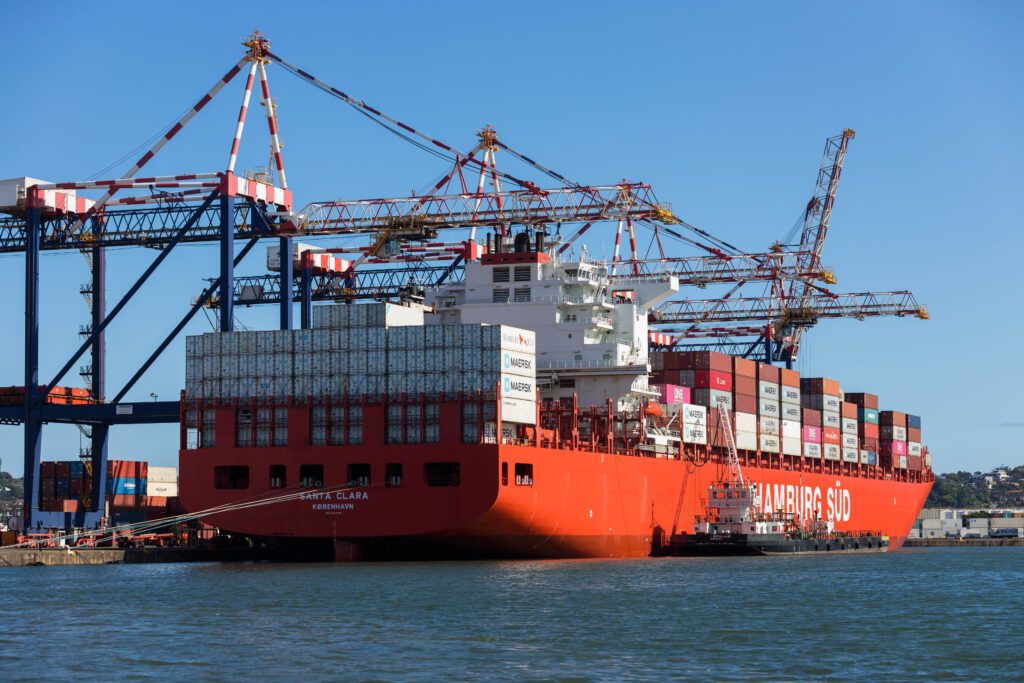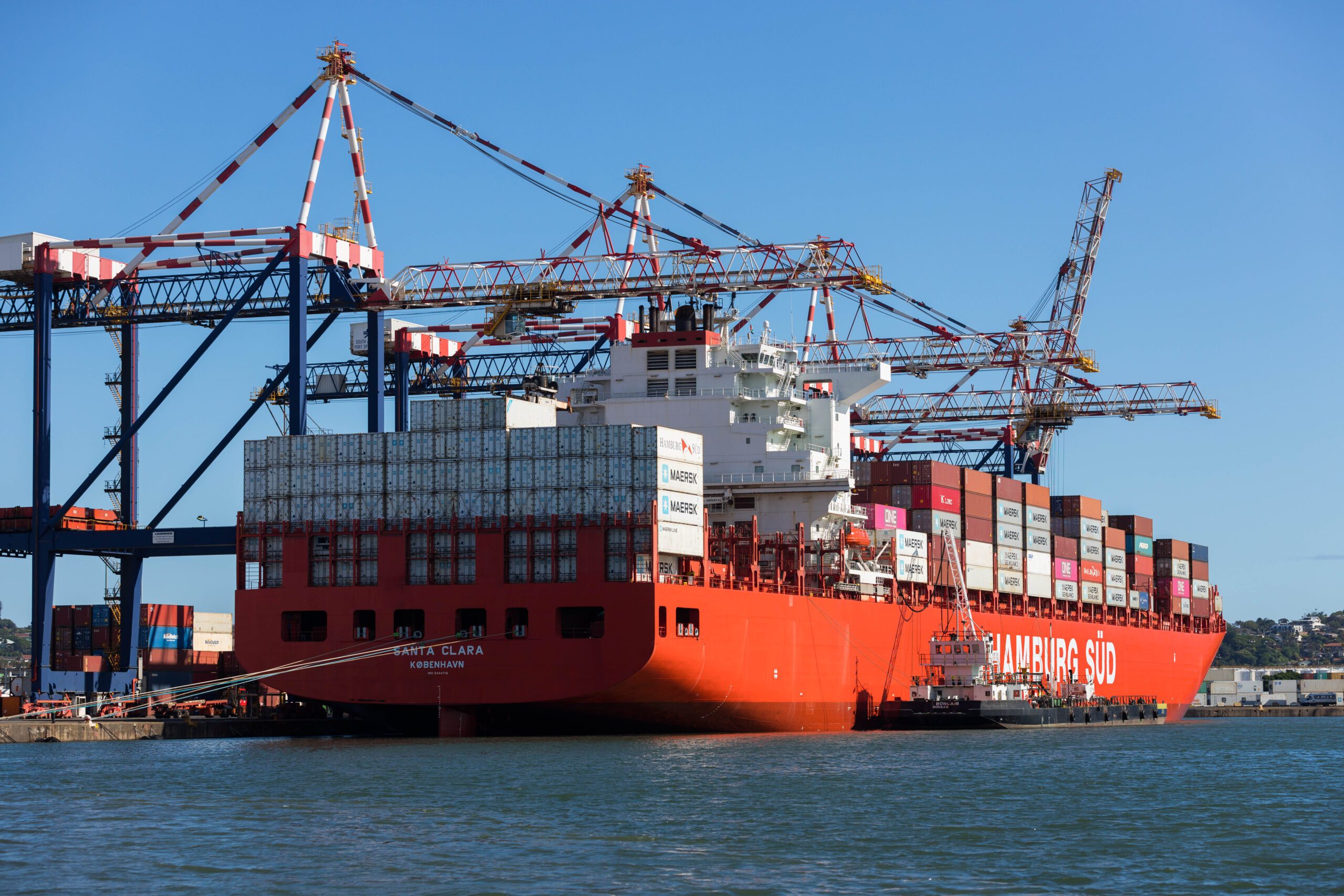While congestion levels at ports vary, they are a constant that requires companies to develop effective strategies if delays are to be mitigated. South African ports face regular disruptions in the form of load-shedding and all-too-frequent equipment breakdowns and shortages, resulting in lengthy offload times and backlogs in the supply chain. Cable theft, which costs South Africa R47-billion annually, is another contributor to congestion. Delays of up to 10 hours have been reported in recent months, while bad weather can wreak further havoc in terms of meeting delivery targets.
It goes without saying that even the slightest setback can put logistics firms at risk of losing customers. While delays may be no fault of their own, the knock-on effect will affect hundreds – possibly even thousands – of people, and given what is at stake, excuses are seldom entertained. Of course congested ports also account for the loss of vast sums of money.
A 2022 report by the Western Cape Department of Economic Development and Tourism revealed that congestion at the Port of Cape Town cost companies R333 000 a day. Multiply that by every port globally and the amount runs into the trillions each year.
The situation is not helped by high freight rates which again are becoming prominent due to market volatility. That being said, they are far from the levels seen at the height of the Covid-19 pandemic when the price of a 20-foot long container increased to $15 000 (R274 000) at one point.
Saloshini Reddy, operations general manager for Bidvest International Logistics (BIL) in KwaZulu-Natal, says while Durban’s port has been fortunate not to experience any major congestion issues of late, there have been delays in allocating slots for containers upon arrival.
“This results in port storage charges,” she says.
Costs are also incurred when the ports implement changes, which happens fairly regularly in South Africa. Developing systems to adapt to these changes requires significant spend.
“This then also impacts the client and the end user in the form of additional costs.”
However, Reddy suggests firms can be proactive in bringing down these expenses. For one, they need to immediately be made aware of port challenges and changes in order to minimise any additional costs. For another, by being acutely aware of the port charges they will be in a better position to budget or recover costs from the end user.
“At BIL we are able to inform clients on container ETA (expected time of arrival) and if there are any delays on urgent cargo. In the event of these delays the client can either airfreight the cargo or delay sale of an item, for example.”
For firms to remain one step ahead, Reddy says companies should ensure that they receive updated port, shipping line and agent updates regularly to identify sudden changes and plan accordingly.
“You should also ensure that your supply chain partners are giving you the maximum benefit of free days in storage and provide you with the necessary status reports to track your cargo.”







